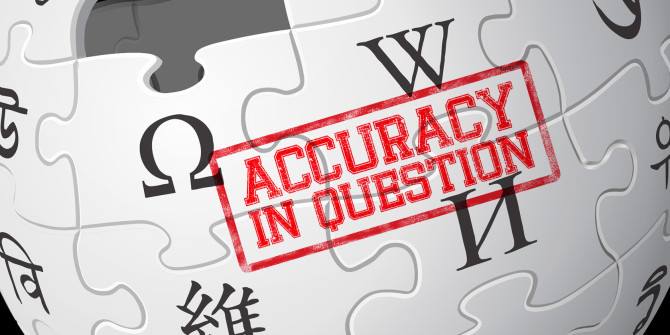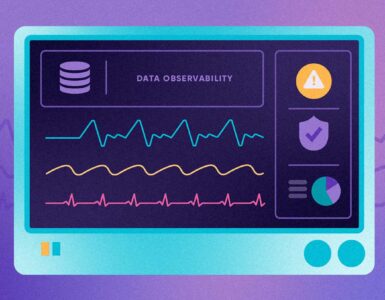Wikipedia enjoys the prestige of being one of the internets’ most preferred and informative website and is the hub of all-encompassing knowledge. As Wikipedia pages are, in general, open to the public to write and edit the articles. Well, this fact can make one doubt the reliability of the information mentioned on it.
The article is written for the sole purpose of explaining how Wikipedia employs the best practices to guarantee reliability and accuracy of the information that is displayed to the world.
Get to know the writing pattern of Wikipedia
Wikipedia is an open encyclopedia that makes it accessible to edit for anyone. It might appear somewhat uncertain when it’s the question of reliability. But Wikipedia has employed a system that is meant to keep up the high standards of gathering and contributing information. The policies are employed for every contributor on Wikipedia or Wikipedia page generator, which they have to follow while writing and editing articles. These procedures are involved in the process that offers the assurance of complying of these policies.
- Every piece of information included in Wikipedia is confirmed from a reliable and authoritative means. Any material not so convincing is exposed to rapidly being challenged and in many cases gets deleted through the well-organized administrative system.
- Usually, before making any effective change in the articles, the editors have to agree by conferring the proposed change is within their terms and they’re not misleading the readers in any way. In the case of misinformation, Wikipedia bans the contributor’s account, so he isn’t able to share anything else.
- There is an arrangement that safeguards the highly edited articles from reaching the consequences of an edit war. These pages are shown with a padlock icon on the top corner. The articles are semi-protected and might be further edited by the registered users only.
- Criticism is common on Wikipedia. However, Wikipedia restrains the critics by the Wikipedia community, as they are particularly responsible for safeguarding the website.
- Wikipedia tags it’s well written and most eloquent information as featured articles and the system also recompenses for good work and informs readers where they can find the highly reliable information.
The website has some limitations
Undoubtedly Wikipedia has complied with the measures to keep up with the high expectations of the readers, well in practice, things might not always be correct there.
- A huge amount of critiques can be easily taken into account and addressed. Though it’s subtle enough that it might not be immediately realized as criticism since it appears to have been taken with a sincere intention.
- Some writers intend to discuss some political or religious beliefs through the Wikipedia platform.
- It may take some time for the criticism to be detected and let down. At the same time, there are a bunch of contributors who are in search of specific content but get confused by so many articles present on the site.
- The lesser the background knowledge, there are higher chances of misunderstanding by the editors.
- Sometimes the best of the editors can show inadequate awareness of the facts on several complex topics. When there is an open invitation for everyone to contribute, this thing is certain that there will be some misrepresentation.
Also, see: 5 Ways to block ads on the internet
Understanding the writing and formatting
The articles that are well organized and clearly written tend to provide reliable means of information. Grammatical errors and fragile writing style might indicate the article is composed by the editors who are not well experienced. Articles that don’t present the clear picture indicates lesser knowledge contributed to the subject.
- Wikipedia has a clear standard of producing articles that comply with neutrality.
- The information is expected not to give controversial information and describe with precision from all of the potential viewpoints.
Stay away from pages with red banners
In many Wikipedia pages and articles, you might see at the top of the page a box that may have a blue, yellow, red and orange line. That particularly is a warning banner that reveals an unresolved argument about the article; in terms of neutrality or maybe the quality of the sources.
- The flags are warnings added by the editors to inform readers regarding the detected problem in the article and asking editors to fix it.
- The banners are also an indication of the unstable presentation of information, lesser references, the involvement of opinion lacking facts and copy editing. These issues somewhat limit the articles’ reliability. Even the well composed and well sources articles can be a little biased in terms of ethnicity and religious beliefs.
Wrapping it up
Wikipedia is an open platform, but that doesn’t question its reliability, as Wikipedia has maintained its benchmark from the very inception. Things may deviate a little from the actual standards employed to the practices carried out! Though with the above guidelines one can reach out to the information that is precise and accurate.




























